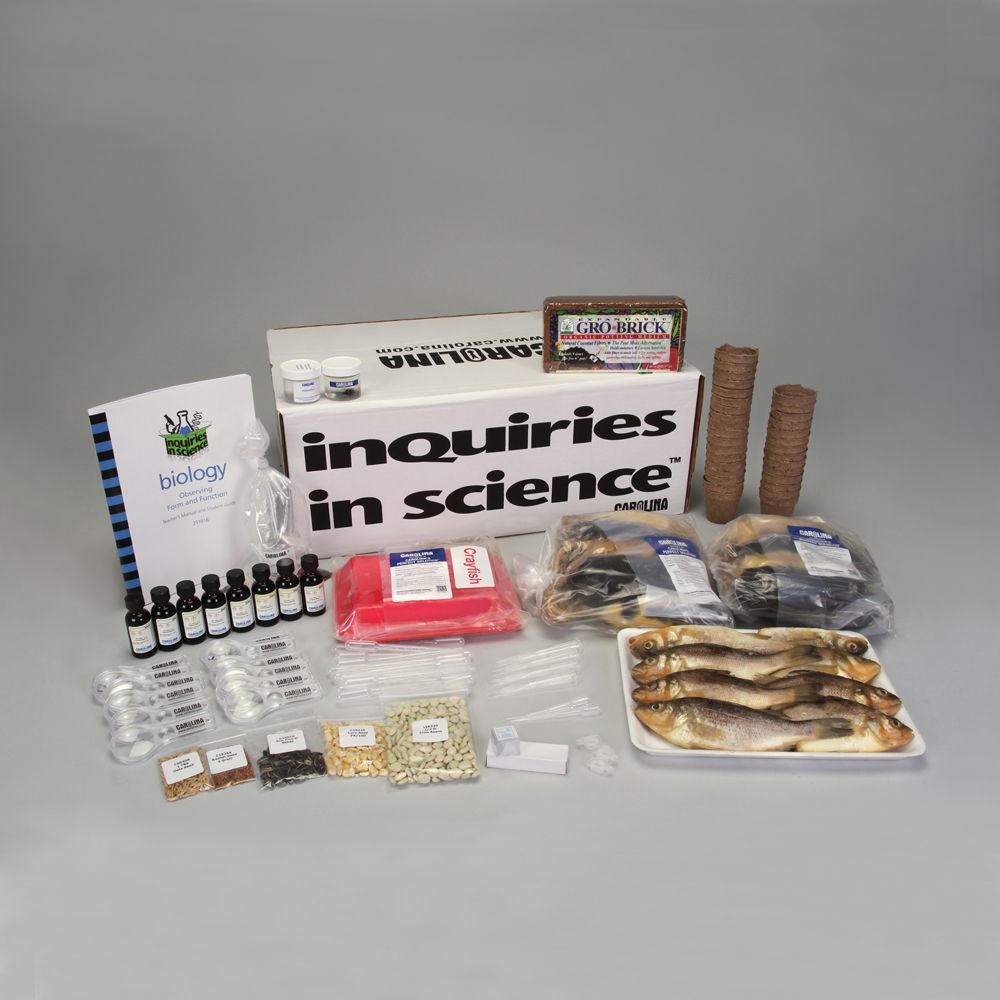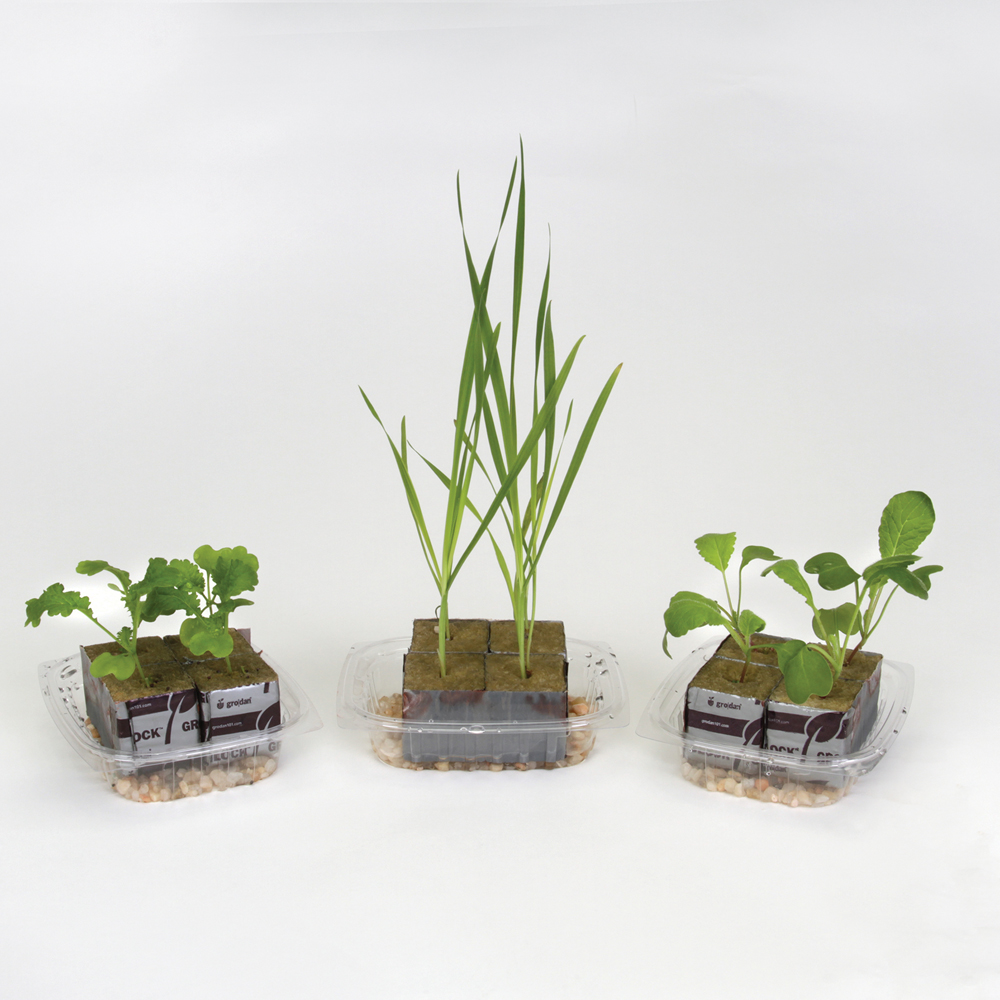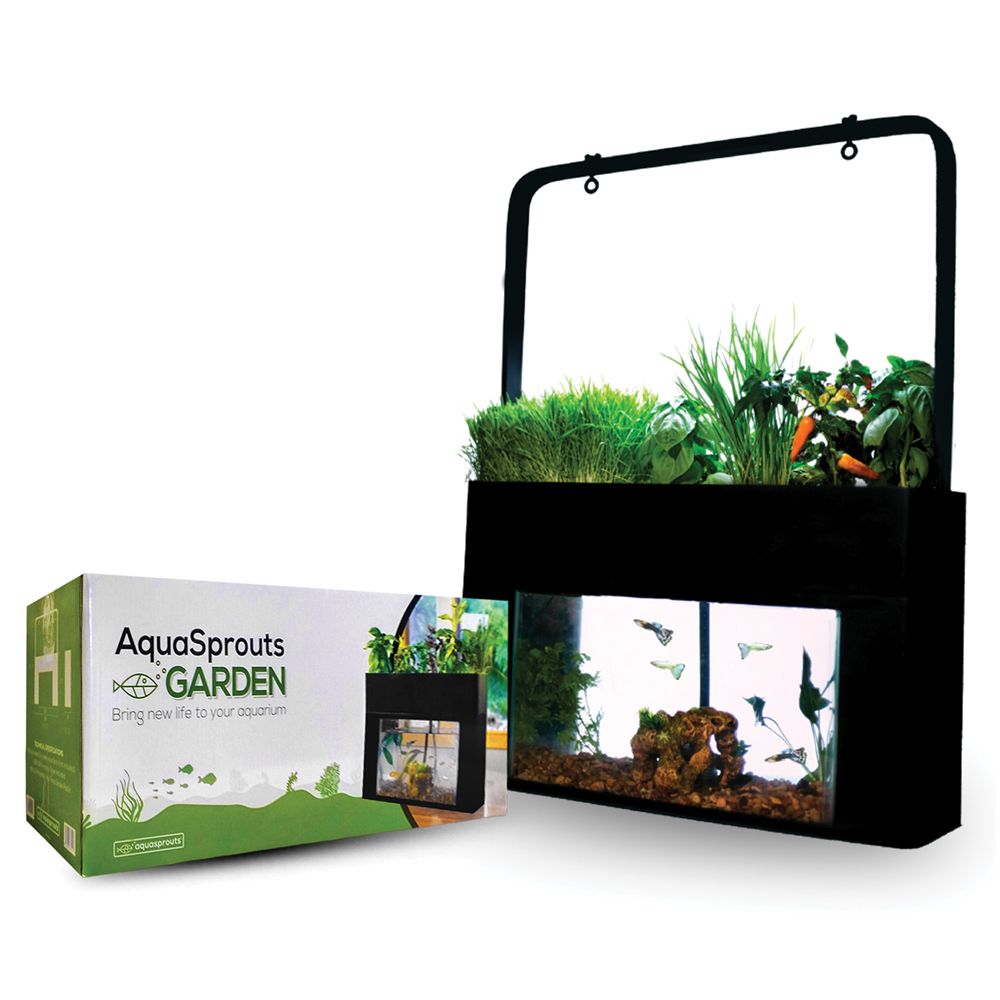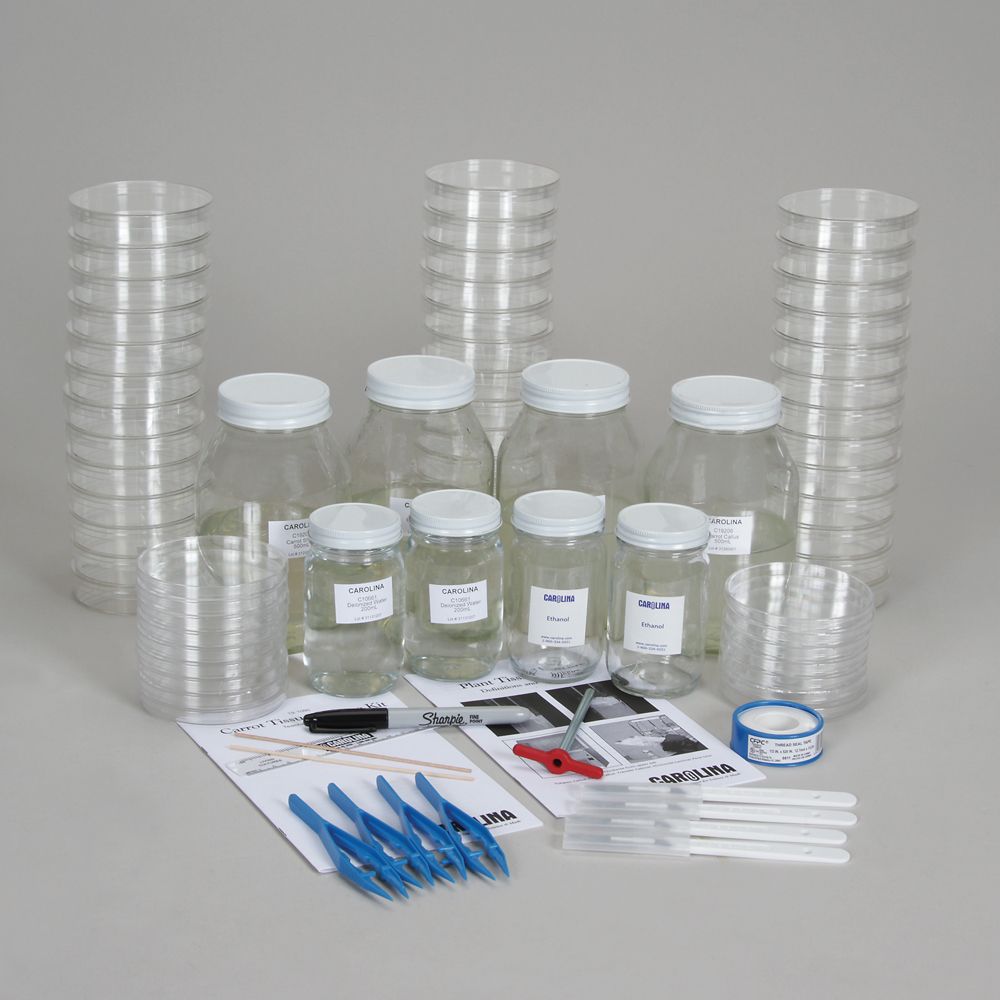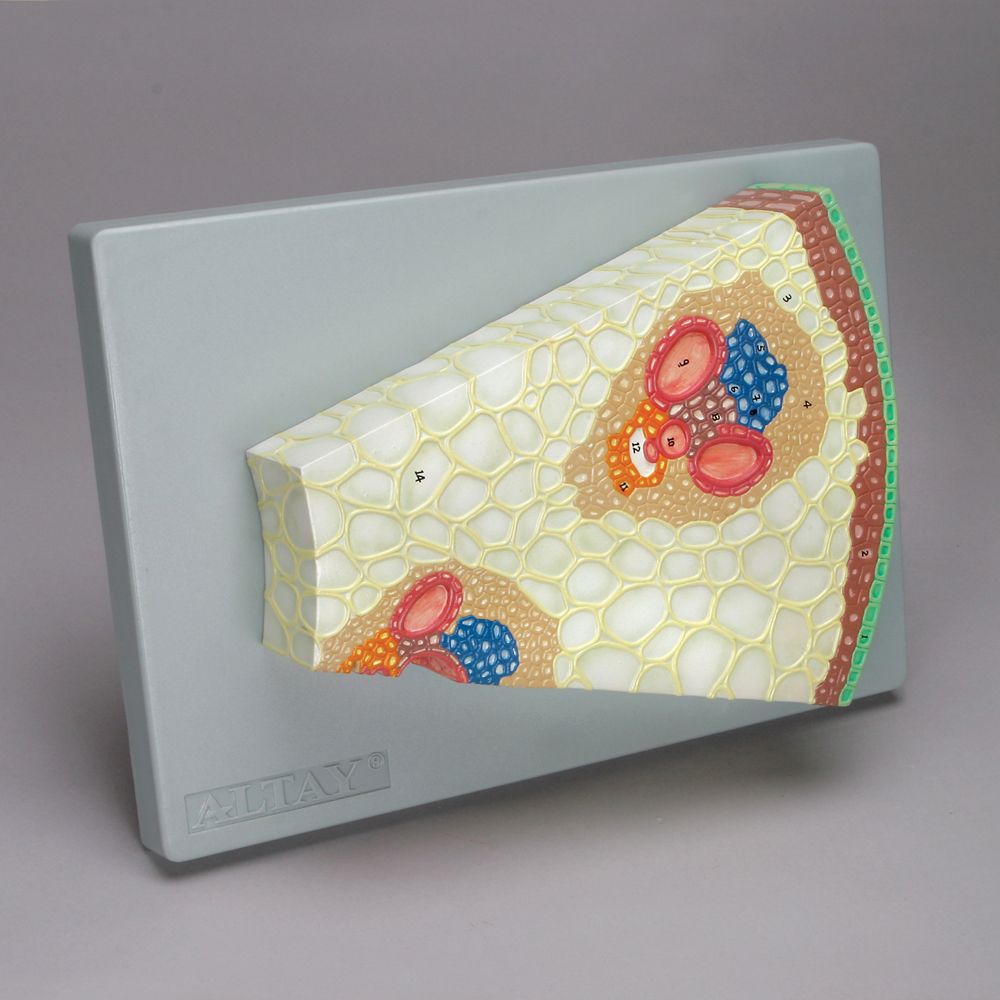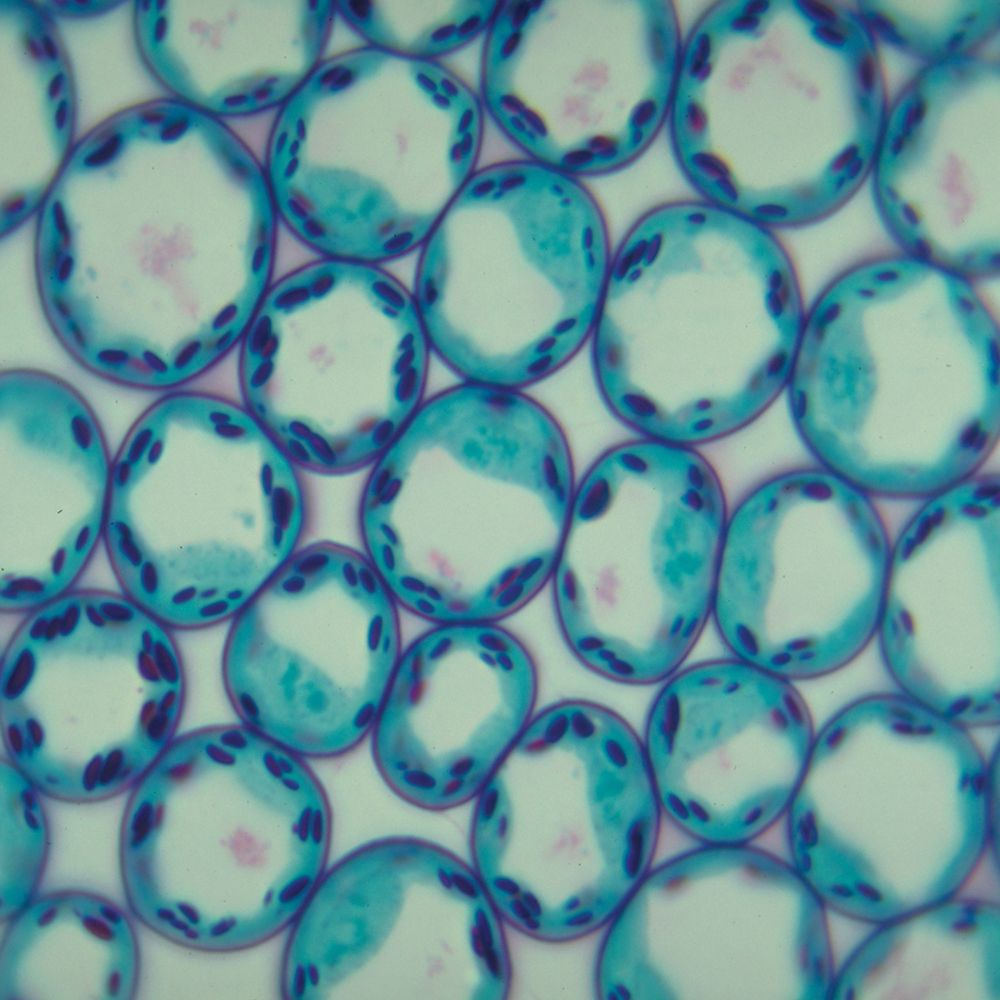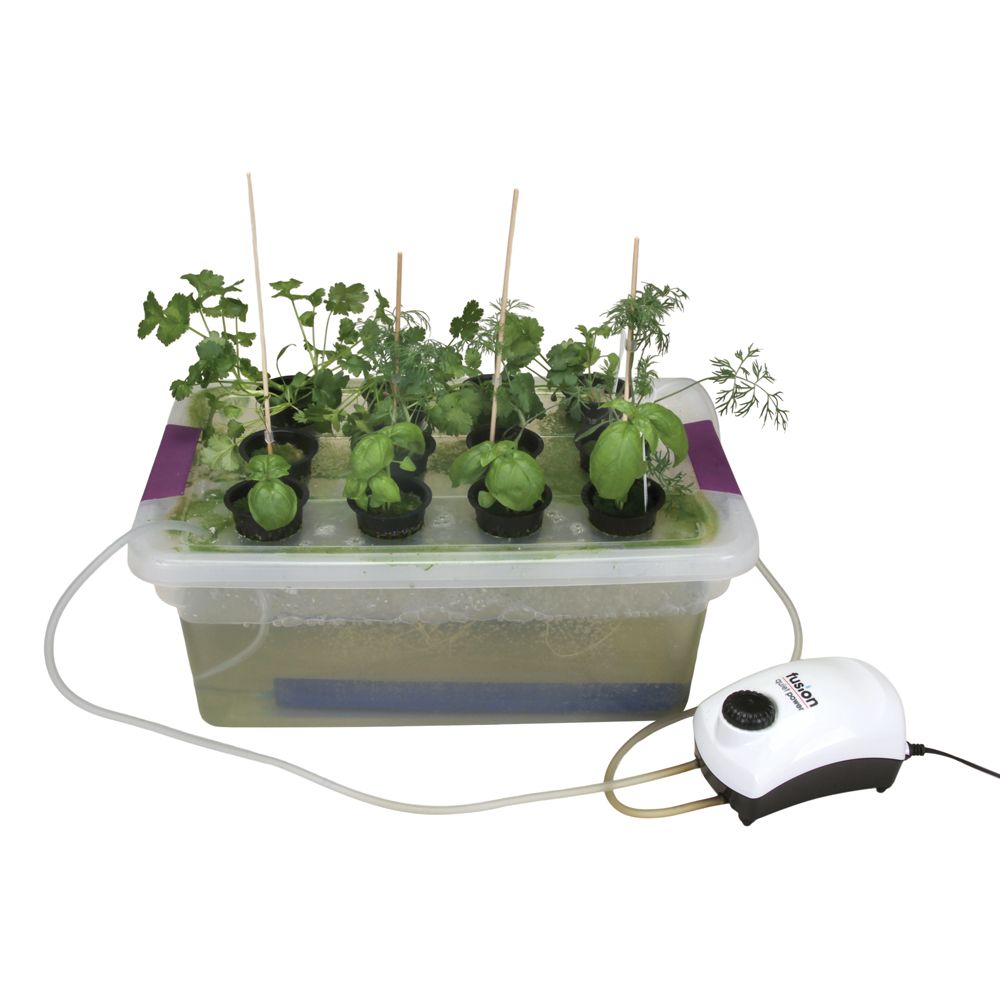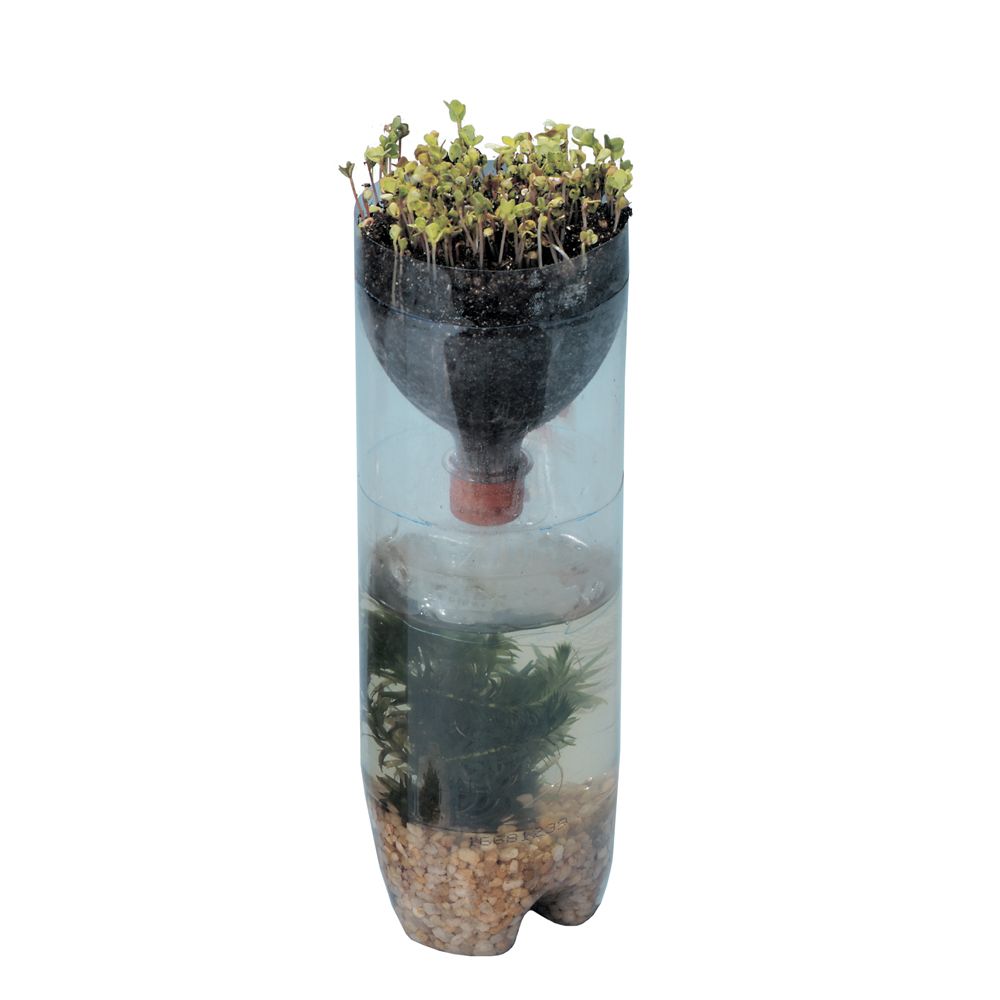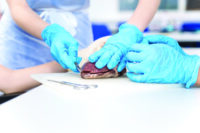Plants have changed our planet. Photosynthesis provides oxygen to the atmosphere, and plants are primary producers for the majority of animals. There is extreme diversity within the plant kingdom, from tiny aquatic plants to giant redwoods to the vegetables and grains that feed the world. This guide breaks down the important information students need to know, provides links to products and free digital resources, and includes suggestions for hands-on labs that reinforce student learning. We gathered a variety of products and resources to better help you teach this concept. They include:
Taxonomy: Structure and Function
One of the first lessons of biology is the difference between plant and animal cells and how those differences in structures allow plants to make their own food through photosynthesis and then use that food for growth and reproduction. The kits below help students investigate and model plant cell structure and transpiration. Read More about Photosynthesis
Transpiration 8-Station Kit #746570
Intermediate
Easy to Perform Requires some background knowledge
Students investigate the effects of the environment on the rate of transpiration while studying its relationship to water potential and transport. Kit comes with materials needed to grow bean seedlings and to observe water-conducting cells in plant stems.
Plant Pigments and Photosynthesis 8-Station Kit #746470
Intermediate
Easy to Perform Requires some background knowledge
Students use chromatography and spectrophotometry to analyze the components of chlorophyll. Kit comes with premixed chromatography solution and DPIP already in solution.
Inquiries in Science®: Observing Form and Function Kit #251016
Intermediate
Easy to Perform Requires some background knowledge
Students first investigate the structure and germination of different types of seeds. They then observe physical and physiological differences and similarities through observation and/or dissection of Lumbriculus, crayfish, perch, Stentor, and rat. Kit includes full dissection instructions and materials for at least 30 students working in groups.
Growth and Development
Growth and Development -Plants are an easy way to study life cycles. Students can pollinate plants, gathering genetic information, and observe plant growth and development through several generations. Read about Mendelian Genetics for additional information on plant genetics
Wisconsin Fast Plants® Growth, Development, and Reproduction Advanced Student Kit #158700
Beginning
Easy to Perform Requires little to no prior knowledge
Make growth, development, and reproduction real for students with this Fast Plants® kit. Studies include measuring and quantifying germination, pollination, and seed development. Experiment times vary (3 to 40 days).
Carolina STEM Challenge®: How to Train a Plant Kit #157896
Beginning
Easy to Perform Requires little to no prior knowledge
Students examine seed germination and observe patterns of growth in response to various stimuli. Then they explore the plant tropism of pea seeds to design a system that demonstrates the effects of touch, light, or gravity on plant growth. This hands-on design challenge reinforces concepts such as basic plant anatomy, cell communication, and basic experimental design.
Wisconsin Fast Plants® Irradiated Seed Classroom Kit #158750
Beginning
Easy to Perform Requires little to no prior knowledge
Study the effects of various dosages of gamma radiation on all stages of plant growth and development. Kit contains nonirradiated standard Fast Plants® (control) seed and seed that has been exposed to different levels of cobalt 60 radiation (50, 150, 500, and 4,000 Krads).
Wisconsin Fast Plants® Plant Nutrition Kit #158725
Beginning
Easy to Perform Requires little to no prior knowledge
Introduce the concept that plants need the proper amount of nutrition to be healthy. In this inquiry activity, students grow Fast Plants® with different numbers of fertilizer pellets, discovering that too few or too many pellets produces unhealthy plants.
Lettuce Hormone Interaction Kit #191177
Beginning
Easy to Perform Requires little to no prior knowledge
Students investigate the effects of varied levels of auxin and cytokinin on the growth of plants.
Plants and the Environment
Plants play a vital role in the environment. They support the base of ecological pyramids as primary producers. They supply oxygen to the atmosphere and remove carbon dioxide during photosynthesis. Plants are also affected by the environment-through drought, pollution, and pests. The kits below provide students the opportunity to investigate how plants contribute to and alter Earth’s environment.
Carolina BioKits®: Acid Rain #653075
Intermediate
Easy to Perform Requires some background knowledge
With this kit students observe the effects of acid rain on a plant and the interaction of acid rain with the physical environment. Students also test for the presence of acid rain in their area.
Carolina EcoKits®: Investigating the Effects of Pollutants in Soil #653048
Intermediate
Easy to Perform Requires some background knowledge
Students investigate the effects of the environment on the rate of transpiration while studying its relationship to water potential and transport. Kit comes with materials needed to grow bean seedlings and to observe water-conducting cells in plant stems.
Wisconsin Fast Plants® Acid Precipitation Classroom Kit #158745
Intermediate
Easy to Perform Requires some background knowledge
Students measure the effect of acid precipitation on plant growth and productivity. Experiment time is 45 days.
Horticulture and Agriculture
Horticulture and agricultural science encompass botany, genetics, chemistry, soil science, and even meteorology. These kits allow students to explore a variety of plant production and propagation techniques.
Hydroponics and Sustainability Kit #331146
Beginning
Easy to Perform Requires little to no prior knowledge
Explore hydroponics and explain its uses and limitations as a tool to help sustain human populations and manage natural resources. Students design a solution for producing enough food for growing populations and the shift from rural to urban communities. They grow plants hydroponically in a modified ebb and flow system, analyze data from their hydroponic systems, and make recommendations about using hydroponics.
AquaSprouts® Garden #161855
Beginning
Easy to Perform Requires little to no prior knowledge
Aquaponics, which combines aquaculture and hydroponics, allows students to observe nutrient cycling first hand. With the AquaSprouts® system, as students feed their classroom fish, the fish provide nutrients to the plants via a submersible pump.
Carrot Tissue Culture Classroom Kit #191095
Beginning
Easy to Perform Requires little to no prior knowledge
A classic experiment to induce callus from mature carrot tap roots. Beginning callus formation can be observed by the end of the second week. The undifferentiated callus is transferred to shoot development medium and forms roots and shoots.
Plant Sets
Plant Models and Manipulatives
Plant Slides
Other Plant Products
Additional Plant Support
We have free resources to help you teach this concept, including:
-
- Free Activities and Resources
-
- Videos
-
- Helpful Buying Guides
-
- Care Guides
Plant Activities and Resources
Use these free resources to supplement your instruction about plants.
-
- Explore hydroponics.
-
- Learn how to use a plant press.
-
- Learn more about hydroponics and indoor farming systems.
Plant Videos
Looking for videos to enhance your plant instruction? Try one of these.
Buying Guides
Choosing the appropriate equipment for your labs can be a challenging task. Our buying guides are designed to make your decisions easy.
Care Guides
Our Care Guides provide quick start information to let you know what you need to do as soon as your organism arrives.
For More Guidance
These are our top picks. If you don’t see what you’re looking for, we’ll be happy to help you find the right activities and kits to simplify your planning and implementation. If you have questions, please contact us at product@carolina.com.




